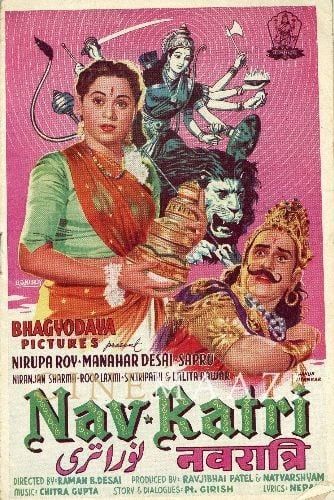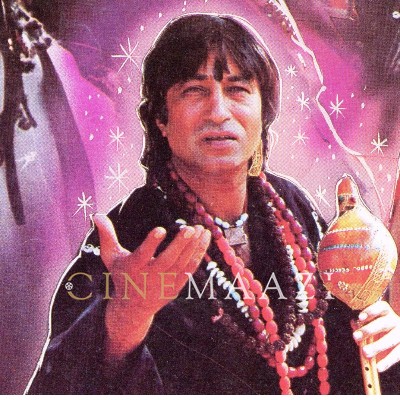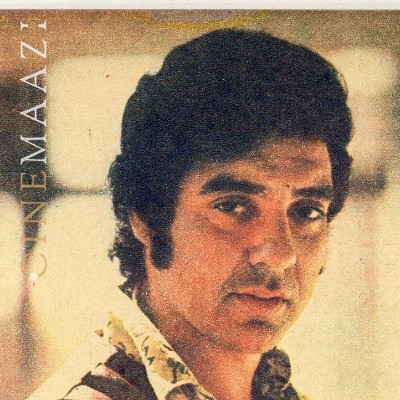B C Gowrishankar
Subscribe to read full article
This section is for paid subscribers only. Our subscription is only $37/- for one full year.
You get unlimited access to all paid section and features on the website with this subscription.
Not ready for a full subscription?
You can access this article for $2 , and have it saved to your account for one year.
- Born: 25 February 1950 (Bangalore)
- Died: 16 November 2004
- Primary Cinema: Kannada
- Parents: B Channabasappa, Shashimukhi
- Spouse: Mamatha Rao
- Children: Rakshita (daughter)
BC Gowrishankar was born on 25 February 1950 in Bangalore. He received his diploma in cinematography from Jayachamarajendra Polytechnic, which includes among its alumnus stalwarts of the Indian film industry like VK Murthy and Govind Nihalani. A man of many talents, Gowrishankar also helped with screenplays while bringing his own idiom and individual style to cinematography. Eventually, he donned the mantle of the director himself.
Gowrishankar debuted as a cinematographer with the 1977 release Anuroopa. He followed it up with Spandana (1978) and Arivu (1979), establishing himself as a cinematographer to take note of. His visual sense and attention to detail also earned him critical acclaim. For the crime drama Om (1995), he used a variety of filters to capture the dark, dismal underworld. In his later works Pushpaka Vimana (1997) and Minchu (1997), he continued to garner praise for his technical prowess. His meticulous attention to capturing the right texture and mood for the films could be seen in his picturization of the song Mani mani manigodu daara for the Nagabharana directed Janumada Jodi (1996). In Deepavu ninnade gaaliyu ninnade from Mysore Mallige (1992), he used only a single lamp to light the scene and enhance the meaning of the song lyrics. Besides shooting Kamal Haasan’s Apoorva Sagodharargal (1989) (Tamil) and Michael Madana Kama Rajan (1990), he was also the cinematographer for the Hindi film Phool (1993), starring Madhuri Dixit and Sunil Dutt.
While shooting for the 1982 film Hosa Belaku, Gowrishankar fell in love with and married Mamatha Rao. He worked on a handful of films as a director as well, all of which were stamped with his unique style as a cinematographer. In a career spanning around 25 years, he had acquired a filmography of over 90 films as a cinematographer and a potential director. Unfortunately, his career as a director was cut short by his death. He is still remembered for the range of his cinematographic experimentation and the strength of his creativity enhanced by his technical skills.









.jpg)



